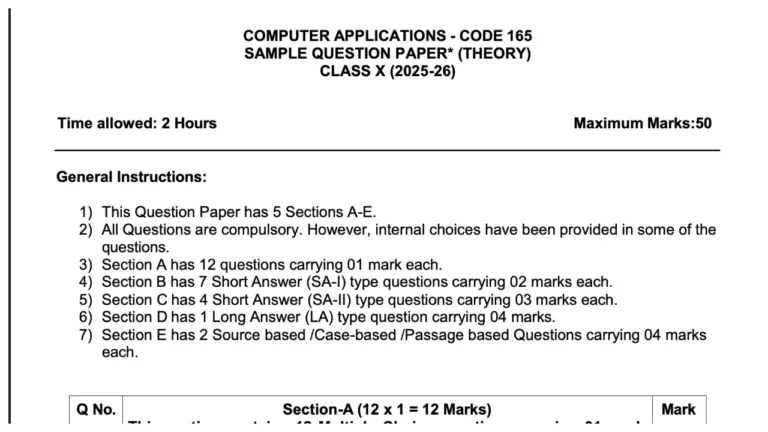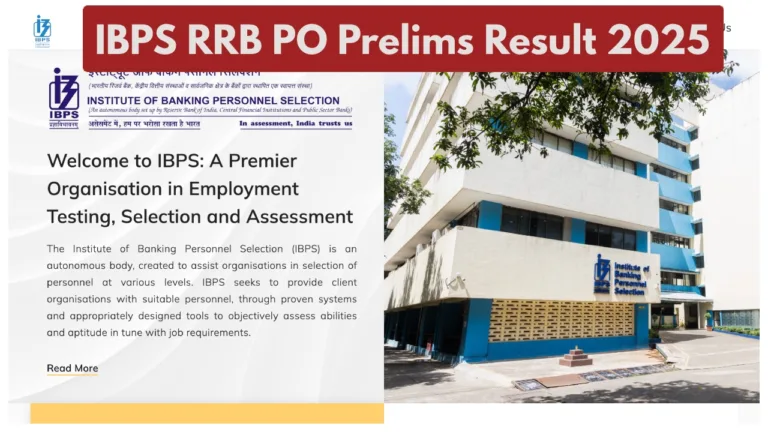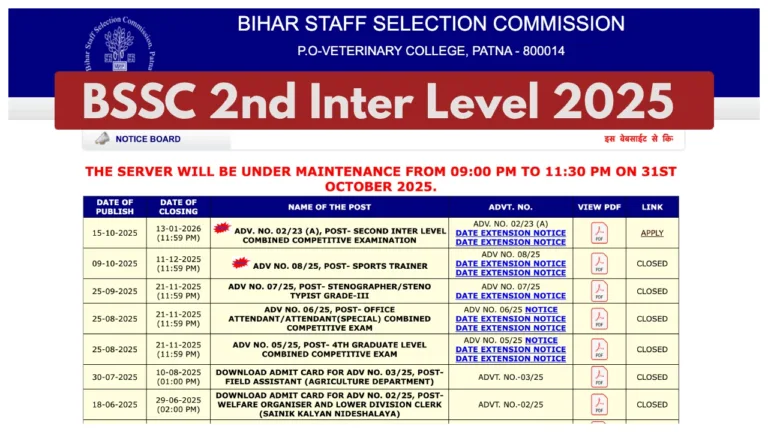SCSS vs NSC: In India, senior citizens have numerous investment schemes through which they can get security and fixed returns. SCSS and NSC, however, are among the safest schemes for retired individuals who want to invest their savings judiciously. Both schemes provide government-guaranteed security, which makes them risk-free investment schemes. So, which one is better if a senior citizen invests ₹5 lakh for five years? Let us compare the returns and salient features of both schemes to determine the best one.
Interest Rates of SCSS and NSC
SCSS (Senior Citizen Savings Scheme): The rate of interest is 8.2% per annum, and the interest is paid quarterly (every three months). That is, investors receive a regular income throughout the tenure.
NSC (National Savings Certificate): The interest rate is 7.7% a year, compounded every year. Unlike SCSS, the interest accrued is paid in a lump sum after five years.
Returns on ₹5 Lakh Investment for 5 Years in SCSS
- A person invests ₹5,00,000 in SCSS for five years.
- The interest rate is 8.2% annually, so every year, the investment will earn interest of ₹41,000.
- Because interest is being paid quarterly, the payment every quarter will be ₹10,250.
- Within five years, the entire interest received will be ₹2,05,000.
- After five years, the entire payment made will be ₹7,05,000, made up of principal and interest.
This scheme is apt for individuals who wish to receive a regular return every three months since the interest is not being reinvested but instead paid out to the investor.
Returns on ₹5 Lakh Investment for 5 Years in NSC
- An individual invests ₹5,00,000 in NSC for five years.
- The interest rate is 7.7% per annum, and the interest is compounded annually, i.e., each year, the interest earned is reinvested along with the principal amount.
- In the first year, the investment becomes ₹5,38,500.
- In the second year, it further goes to ₹5,80,957.
- In the third year, the amount becomes ₹6,26,743.
- In the fourth year, it is ₹6,76,149.
- After five years, the investment is ₹7,24,145.
- The interest gained in five years is ₹2,24,145, which is higher than SCSS.
But in NSC, there is no periodic payment to the investor, and the whole amount is given as a lump payment after five years. This is for those who don’t need regular income but want to have a greater maturity value at the end.
Which Choice is Apt for Senior Citizens?
SCSS Advantages:
- Provides periodic interest payment, yielding regular income.
- Best for fulfilling regular expenses in retirement.
- Risk-free investment guaranteed as it is government guaranteed.
- Allows a 5-year extension in case of completion of the initial tenure.
SCSS Limitations:
- No ceiling on investment of ₹30 lakh that restricts high-value investments.
- Without compounding benefit as the interest is withdrawn instead of compounded.
- Interest earned and TDS withheld if earned interest exceeds ₹1 lakh annually.
NSC Benefits:
- It offers a greater return at maturity by annual compounding.
- No such constraint on higher investment, i.e., flexibility to choose the investment amount.
- Gives a tax benefit of up to ₹1.5 lakh under Section 80C.
NSC Drawbacks:
- No fixed income, thereby not for people in need of regular income.
- The interest paid is taxable, raising the burden at maturity.
- The interest for five years, limited withdrawal facilities.
Final Decision: Which One to Select?
- If you need monthly income for routine expenditures, SCSS is preferable as it provides quarterly returns.
- If you can keep the money for five years waiting for a large lump sum, NSC is more profitable due to compounded interest.
- For diversification, senior citizens can invest in both schemes: SCSS for income and NSC for the long term.
- Both the schemes are secure, government-backed, and tax-free, which makes them sound products for elderly citizens to invest in, ensuring a secure financial future.










